Neck strength, lasers and voices in drivers' heads – The incredible facts we learned on F1 Explains this year
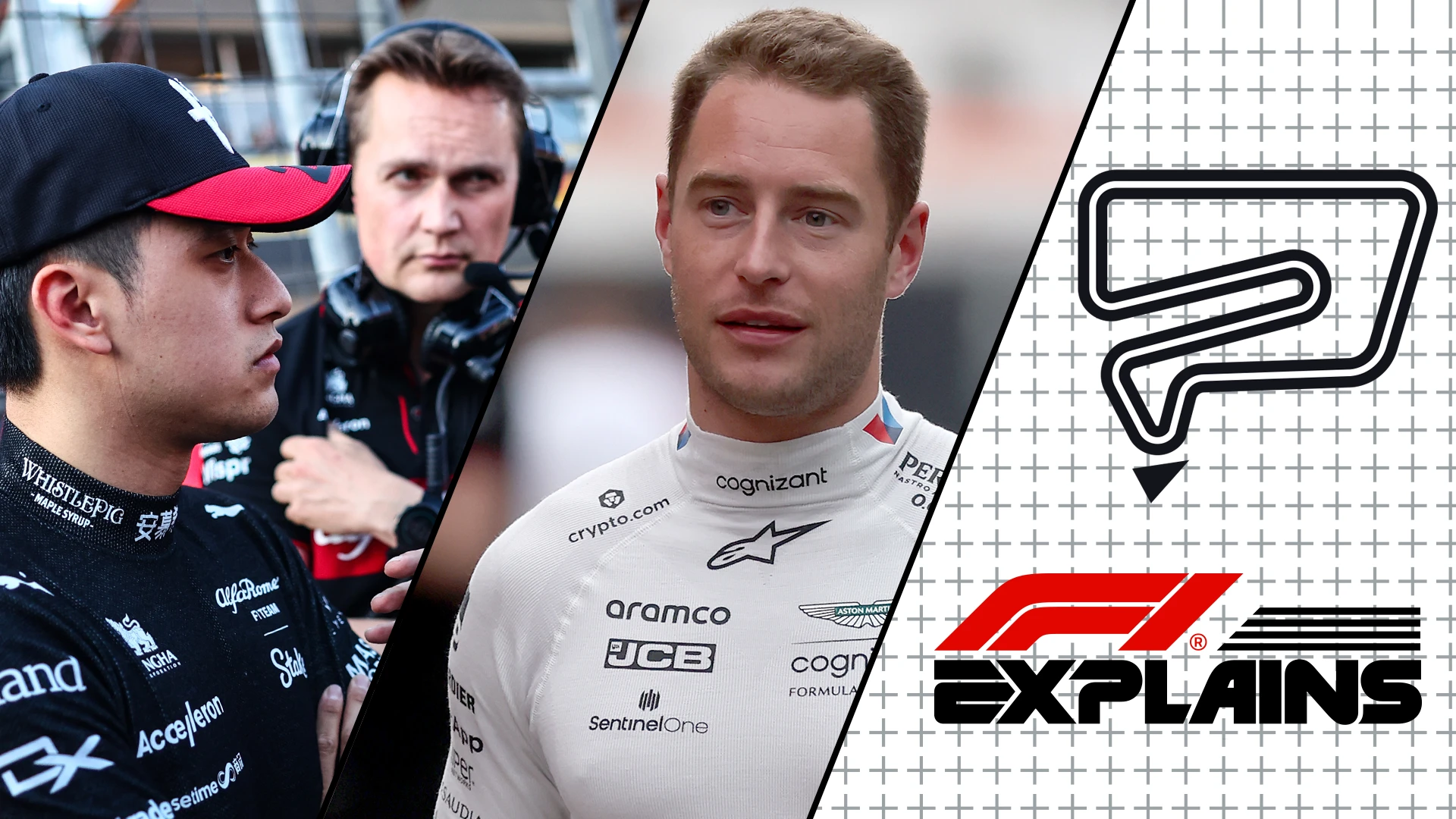
From driver fitness to racetrack design, the F1 Explains podcast is all about how Formula 1 works.
Presenters Katie Osborne and Christian Hewgill have been putting your questions to drivers, engineers, designers, strategists, scientists and others who do incredible things behind-the-scenes at F1 teams.
Episodes exploring tyres, racetrack design, F1 logistics and much more are available to listen to during the winter break on Apple, Spotify and other podcast apps. Here are some of the most fascinating things the podcast discovered in its first season:
The real reason drivers need strong necks…
Arm day? Leg day? When F1 stars hit the gym, it’s always ‘neck day’. In a high-speed corner, the gravitational forces drivers experience can make their helmeted heads weigh up to five times more than normal.
A super-strong neck is required to be able to cope with those forces for a Grand Prix distance. However, there is another reason these muscles are so vital: vision.
Antti Kontsas, Performance Director for Motorsport at Hintsa Performance and former coach to Sebastian Vettel, explains exactly this. “The real reason why the neck is so important is that you need to see where you're going,” he said.
“It's all about precision. We're talking about hundreds and tenths of a second. If you don't see exactly where you're going and you cannot navigate well through the track, there's no chance for you to gain that extra hundredth or tenth where you can take it.
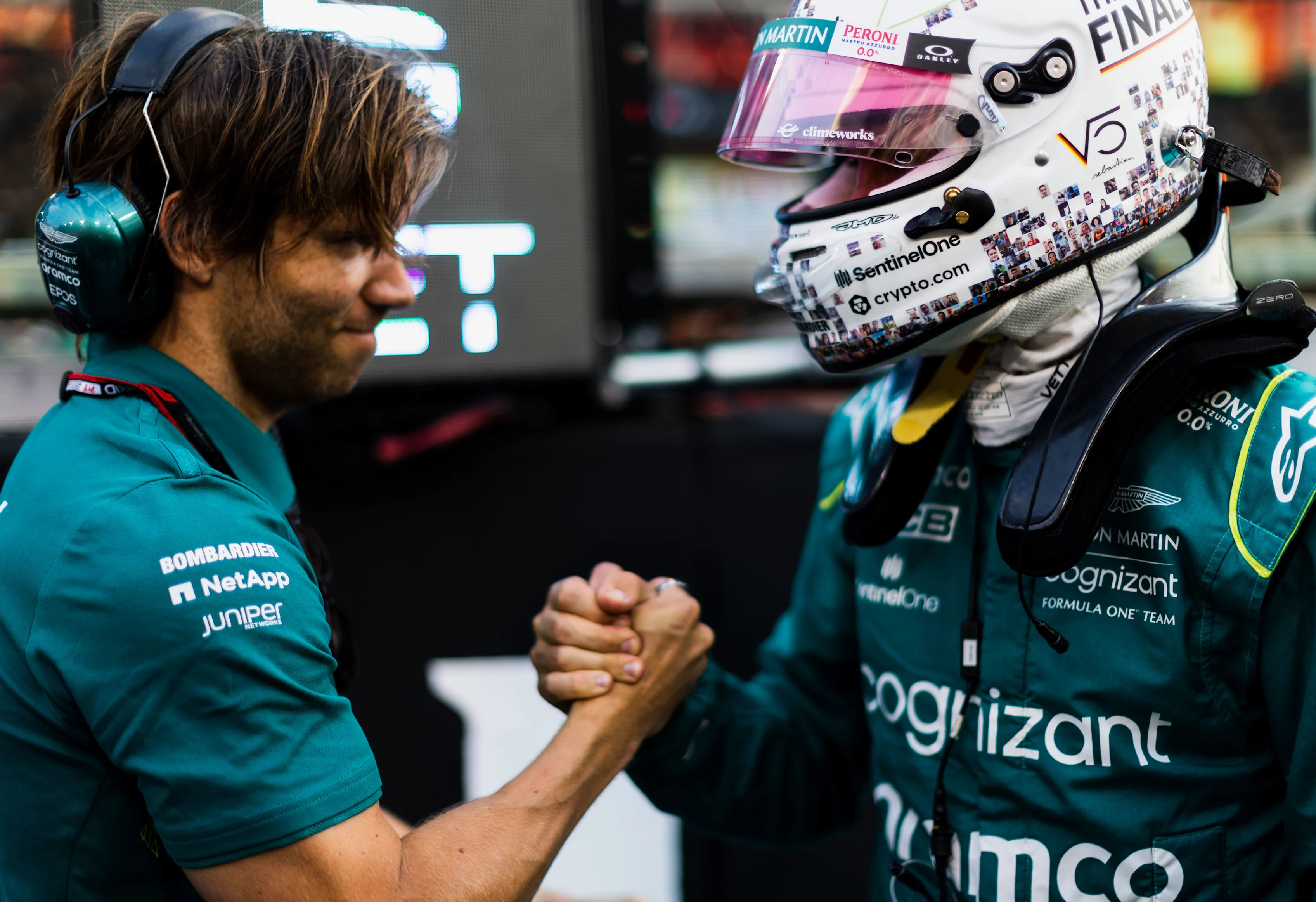
“When you start to look at the helmet camera, you see how much head movement there is and how difficult it is to hit those apexes perfectly. The more stable your head is, the better information your brain gets, and this can guide your decisions when you drive around the track.”
…but a strong neck can cause fashion issues
A lean body and a thick, muscly neck are what drivers need on the racetrack, but it can cause them problems when buying clothes.
“It makes it very annoying when you go try and buy a suit,” said former F1 racer Alexander Rossi, who drove seven Grands Prix for the Marussia team in 2015. “People look at you and they're like, ‘oh, you're a size 15 neck’. No, sir, I'm an 18. Measure it. I dare you’.”
Listen to the full episode by clicking here.
F1 reserve drivers are always hard at work
The 20 superstars who race away from the lights every Grand Prix Sunday couldn’t do what they do without their teammates behind-the-scenes, the reserve drivers. Every Formula 1 team has at least one reserve, often a former racer or a rising star.
These drivers spend hours in the team’s simulator, trying out car set-ups and testing new parts. Their data and feedback is used to help prepare the race drivers and their cars.
Aston Martin’s Reserve Driver is Stoffel Vandoorne, who raced in F1 for McLaren in 2017 and 2018, and the Belgian also won the Formula E and GP2 championships in his career. He took a break from the simulator to tell Katie and Christian that throughout a Grand Prix event, he’s hard at work back at the factory.
“During the race weekend, there will be somebody in the simulator,” he explained. “Sometimes that's me. We'll be assisting the racing team on track. After Free Practice 2, there's a lot of data being generated at the track and then that gets fed back into the factory. Then the simulator guys will start a plan to try out different setup routes.
“Usually it's pretty brutal hours, depending on where Formula 1 is racing at the time. Often that's a night shift, starting at, 7pm at night and finishing at 4 or 5 am. It's pretty tough. All these things that you're testing overnight, you send that information back to the track and then the team has a great overview on what works and what doesn't work, and then they can make a decision on what setup to qualify on.”
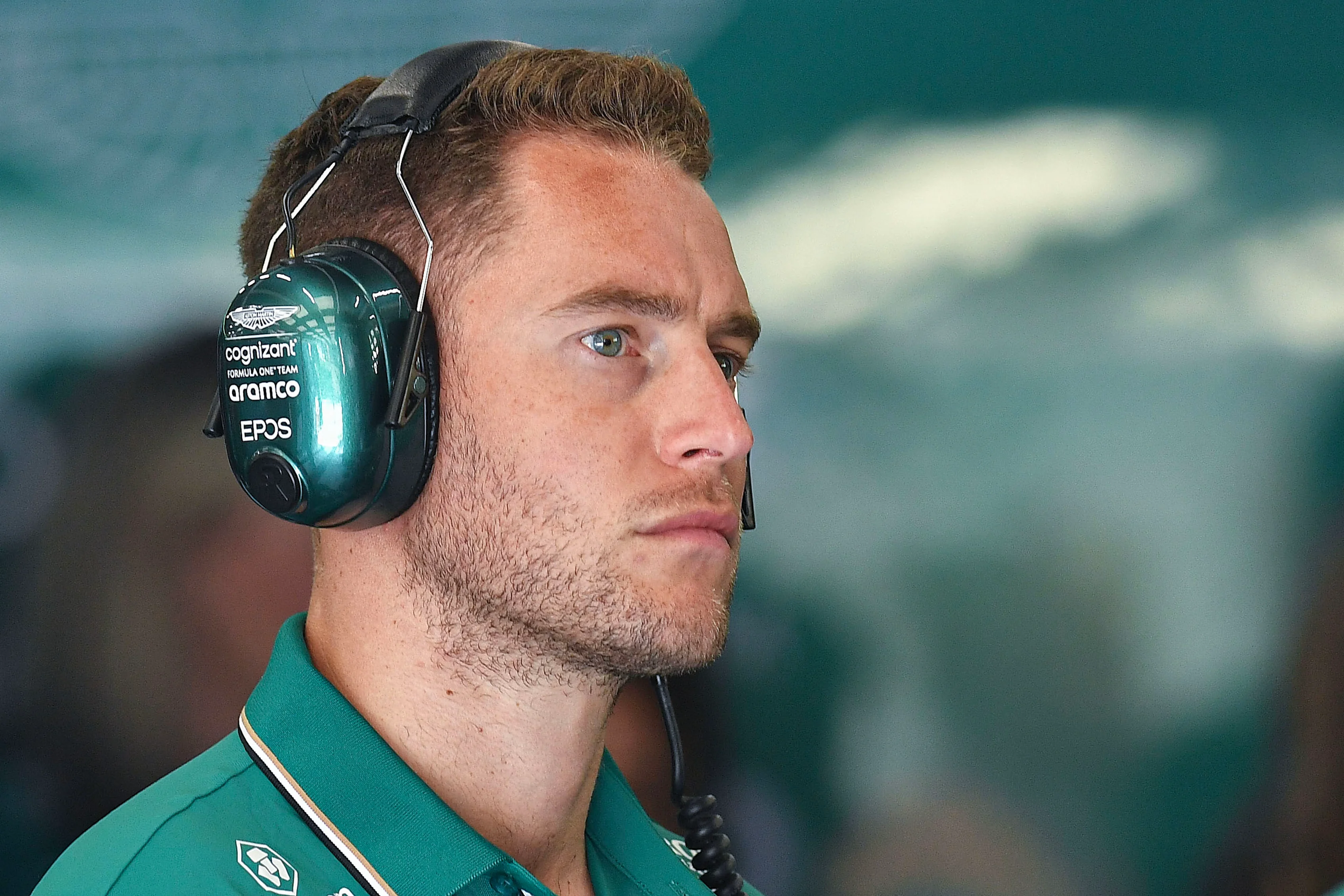
F1 simulators are designed with lasers
Vandoorne was a guest on F1 Explains’ deep dive into F1 simulators, which allow teams to replicate a real car on a real racetrack. Motorsport scientist Dr Diandra Leslie-Pelecky was also on hand to explain that F1 venues are scanned with lasers, then recreated in virtual reality.
“The drivers who test say that when they get on the track, it looks just like what it looked like in the simulator,” she said. “[Engineers] go out there with a scanner and they get it down to the millimeter level on the track roughness. If there's a bump in the track, if there's a rough spot in the track, that's all replicated in the simulator.”
Listen to the full episode on F1 simulators by clicking here.
READ MORE: Oliver Bearman on a whirlwind 2023 and his glimpse into F1 life with Ferrari and Haas
F1 wind tunnels are being watched
Along the corridor from the simulator, deep within an F1 factory, is another top-secret bit of kit: the wind tunnel. These multi-million dollar machines are where teams test the aerodynamics of their cars.
An enormous fan blows high-speed air over a small-scale model, and data is gathered on downforce and drag. Teams can learn how the real full-size car is likely to perform on track.
As part of measures to create closer competition, the amount of time F1 teams can spend using their wind tunnels is now restricted and regulated. Teams who finish at the bottom of the 2023 Constructors’ Championship are allowed more tunnel time than those who finish at the top.
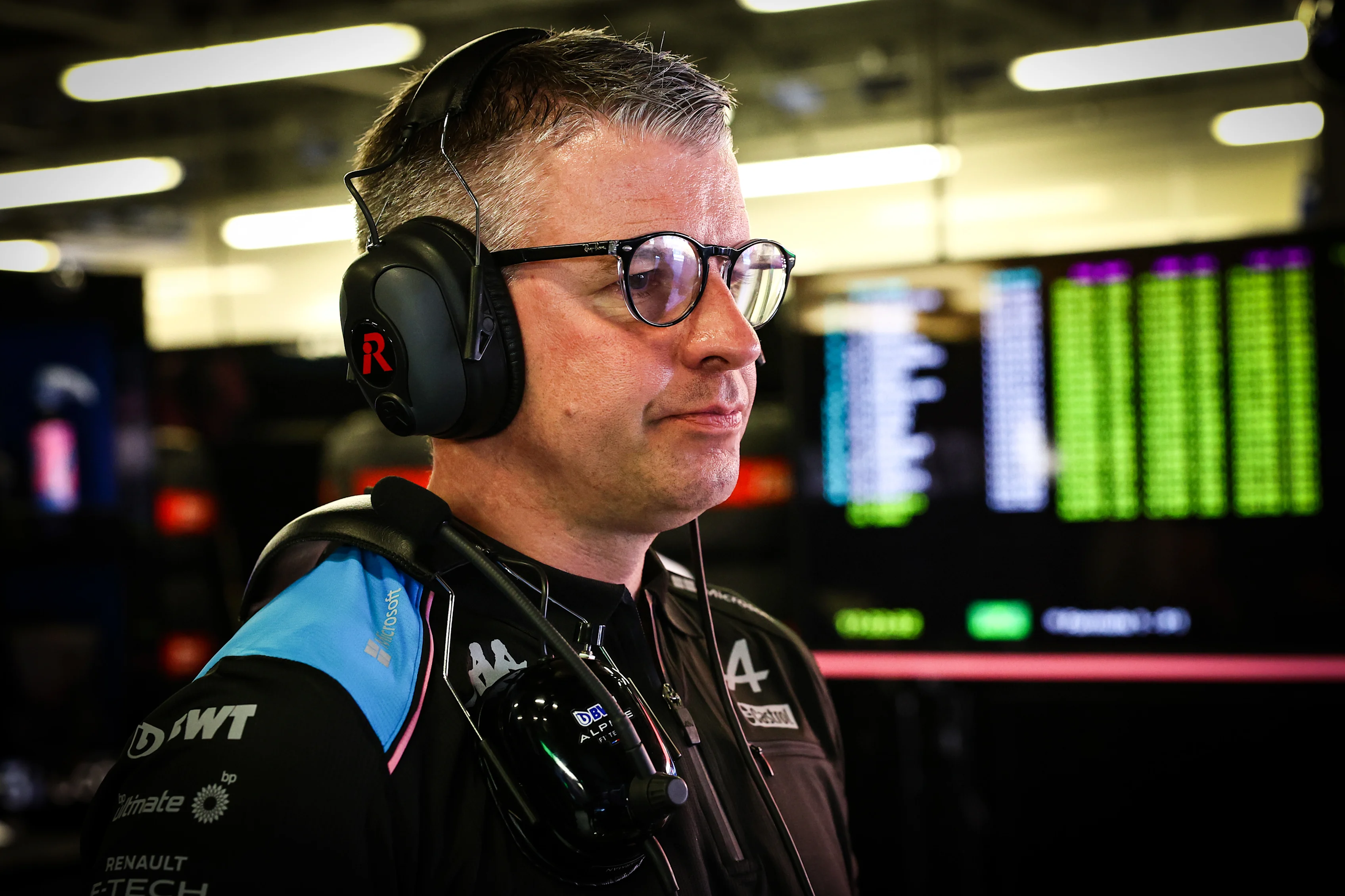
F1 Explains listeners asked how this is monitored with Alpine’s Technical Director, Matt Harman, revealing how the sport’s regulators keep tabs on teams’ tunnels.
“It's policed by the FIA and they do a great job of that,” he said. “We have various systems. They will come and inspect and look at what we're doing.’
“There are also CCTV cameras in all tunnels so they have access to those. This is very much our responsibility as good people to do the right thing. But there is also some auditing conducted by the FIA and and they do an excellent job of that.”
To listen to the full episode on wind tunnels click here.
IN NUMBERS: The remarkable records Verstappen and Red Bull broke during the 2023 season
The woman who accelerated F1 pit stops
At the 2023 Qatar Grand Prix, McLaren set a new pit stop world record, changing Lando Norris’ tyres in a barely believable 1.8 seconds. This incredible achievement is thanks, at least in part, to the work of Gemma Fisher, the human performance expert who helped to transform F1 pit stops in the early 2010s.
Gemma was hired by Williams to make their pit stops faster and more consistent. At that time, pit stop data was not recorded or analysed. The performance of the pit crew members themselves was not considered and Gemma changed all that.
“The challenge was you're set to work with people who, for 99% of the time, are a mechanic,” she explained. “They're working long days under the car and working extremely hard to do the brilliant job that they do under a lot of pressure.
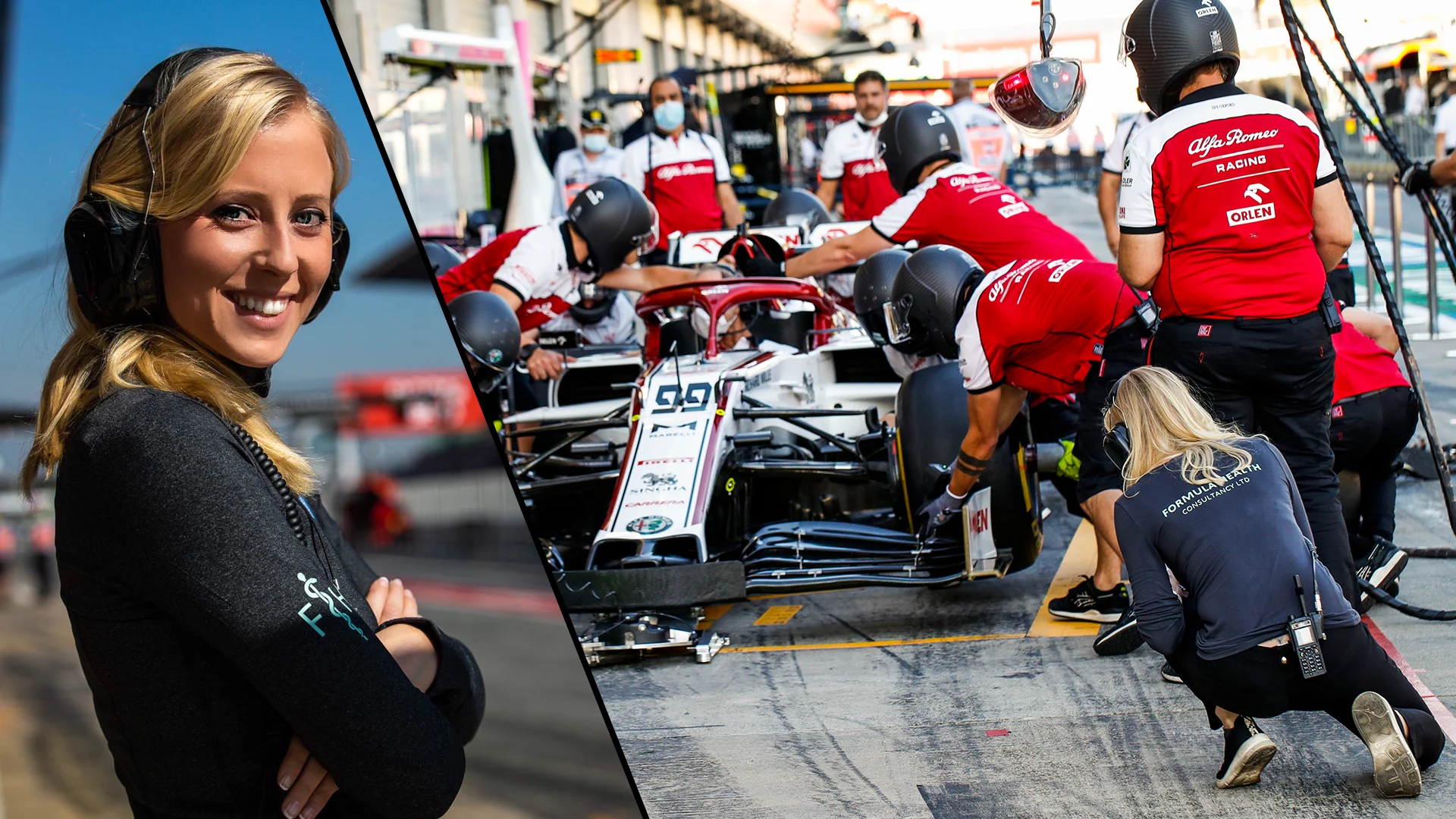
“Then you are tasked with creating an elite pit crew that can perform under pressure, that can do their job with split second consistency. We would treat injuries, look at their biomechanics, help them with jet-lag, cognitive performance, brain training, hand-eye coordination, eye-tracking – every single aspect that person needs in order to do that job in that pit stop.”
Gemma was the first to focus on improving pit stop performance, and her work paid off. Williams set a then-record pit stop time of 1.92 seconds at the 2015 European Grand Prix in Azerbaijan. Soon, every team on the grid was taking the same approach. Gemma later worked with Sauber and today she runs human performance company Formula Health, but lightning-fast trips to the pit lane are her legacy.
Listen to the full episode on F1 pit stops here.
WATCH: McLaren set new F1 pit stop record with spectacularly quick tyre change in Qatar
DRS has transformed F1 racing
Since its introduction in 2011, the Drag Reduction System has added a whole new dimension to F1 racing. Put simply, when a driver is less than one second of the car ahead of them at a defined point on the racetrack, they are allowed to open a flap in their rear wing. This reduces the amount of aerodynamic drag, allowing them to go faster and increasing their chances of overtaking.
Ruth Buscombe, who was until the end of 2023, Head of Race Strategy at Alfa Romeo, told the podcast why F1 introduced DRS.
“Aero engineers are very clever and they've developed ways to find lots of lovely downforce, which has made the cars a lot quicker,” she said. “But unfortunately that also means there's a lot of turbulent air coming out the back of the car. So, broadly speaking, it's gotten harder to follow over time as the cars got faster because it's much, much more difficult to get behind a car. DRS offsets that, to give the guy behind a bit more of a shot of being able to overtake.”
Listen to the full episode on DRS by clicking here.
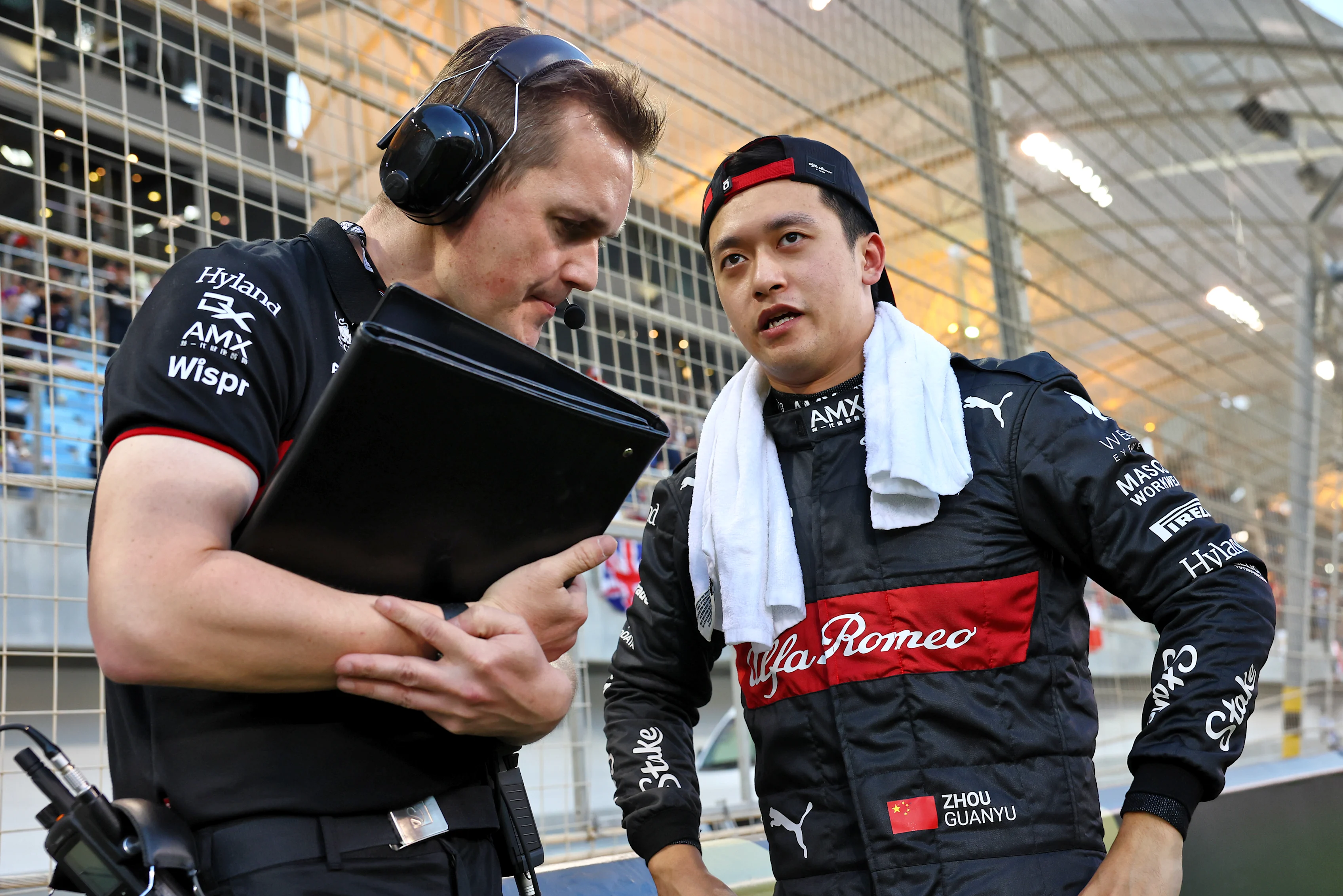
F1 drivers need voices in their heads
Conversations between F1 drivers and their race engineers over Team Radio are regularly broadcast during F1 sessions, but it’s rare to hear them speaking to each other away from the track. Katie and Christian had the chance to chat to Alfa Romeo driver Zhou Guanyu and his race engineer Jorn Becker, to learn more about their crucial relationship.
“I'm basically the voice in the driver’s ear,” said Jorn, who has been working with Zhou since the Chinese driver’s F1 debut in 2022. “I’m the only one who's talking and communicating to the driver, especially when he's on the track. I would describe the job as a technical manager because we have a lot of different disciplines to deal with: aerodynamic systems, vehicle dynamics, powertrain, strategy.
“We get a lot of information from various departments. We have to collect all the relevant information and to put it together and to maximize performance whenever we are on the track.”
When asked if he could compete in F1 without a race engineer, Zhou’s answer is quick and definite: “No.”
He continued: “Drivers, obviously, have to focus 100% on driving to be as quick as we could. But then there's a lot of switches, a lot of other things going on, your steering wheel, your dash, yellow flags, red flags, so it all has to come by radio.”
You can listen to the full episode with the pair by clicking here.
Season one of F1 Explains also features Mika Hakkinen on racing in the rain, David Coulthard exploring mental preparation and plenty more.
If you have a question you’d like F1 Explains to tackle in 2024, send it to us. Write it or record using your phone’s voice recorder, then email it to Why@F1.com.
Next Up
Related Articles
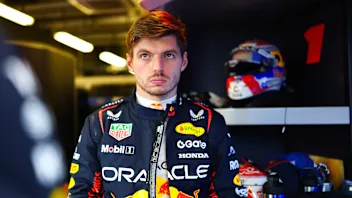 Verstappen names his most difficult season in F1
Verstappen names his most difficult season in F1 Norris ‘would love’ to battle with Hamilton in 2026
Norris ‘would love’ to battle with Hamilton in 2026 14 drivers from different eras who raced together in F1
14 drivers from different eras who raced together in F1 Audi run 2026 car on track for the first time
Audi run 2026 car on track for the first time Verstappen on what he would never do as an F1 team boss
Verstappen on what he would never do as an F1 team boss F1 drivers who bounced back after dropping off the grid
F1 drivers who bounced back after dropping off the grid